INFOGRAPHIC:
7 Critical Capabilities Of Your IoT Cellular Connectivity Partner
The connectivity partner you choose to enable your IoT solution can fuel the success of your product. That is, if you deploy with the right partner.
But how do you know exactly what to look for when evaluating a connectivity provider?
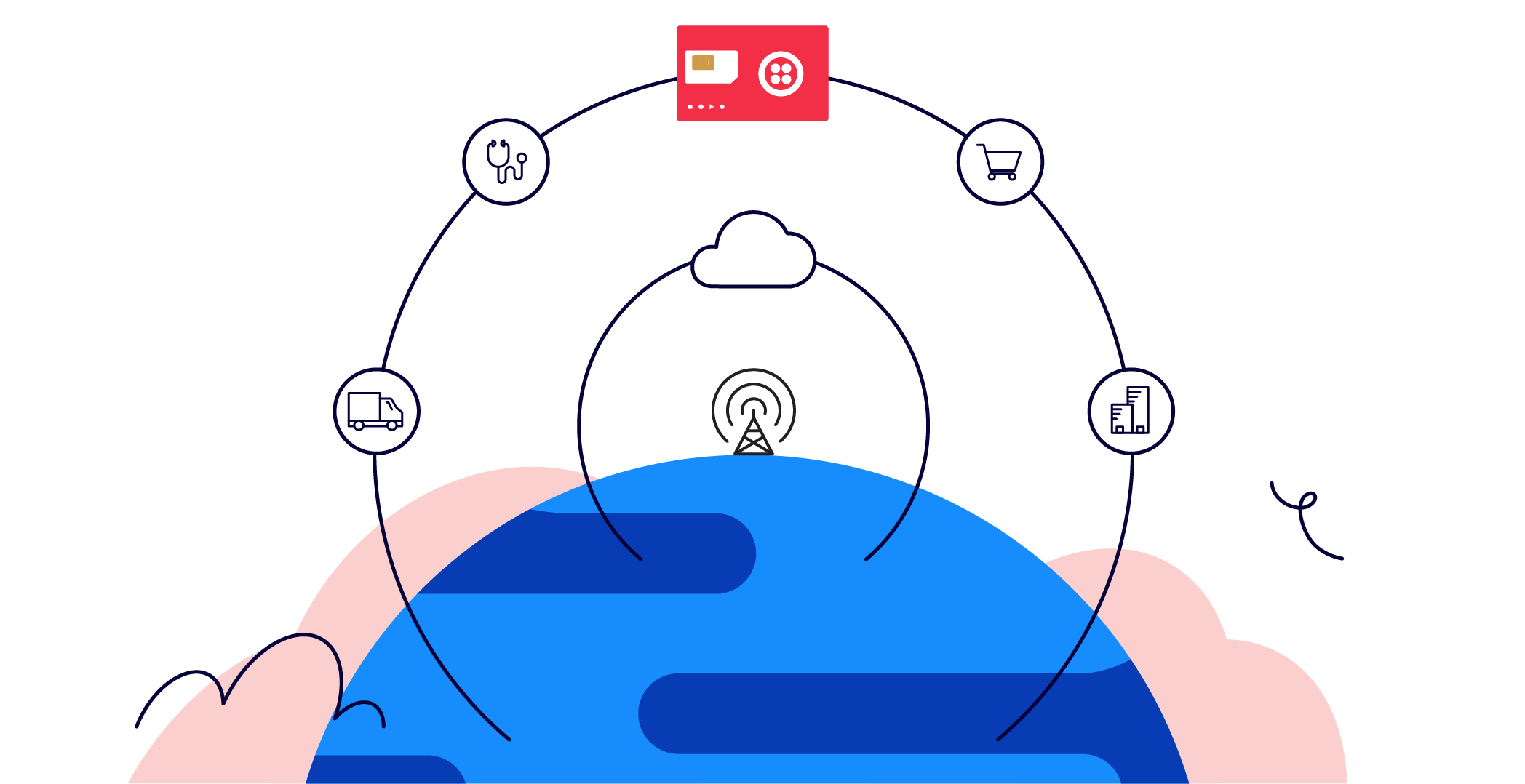
Connectivity: A fuel for IoT acceleration
Whether you’re an IoT product manager, developer, or technical team member, you probably also know the complexities of making these solutions work. Connectivity is among the hardest layers of IoT architecture. According to developer communities such as the Eclipse Foundation, connectivity is ranked as the second most critical concern, following only security, when it comes to IoT projects1.
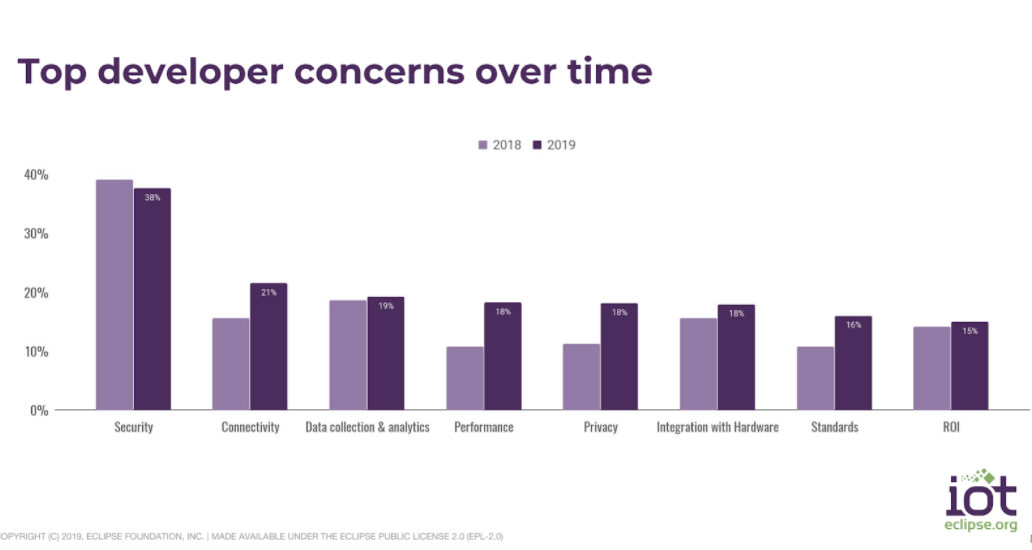
CORRECT
You're right, this statement is TRUE!
Yes, traditional operators steer your connectivity. This can adversely impact your service if the network your devices were steered to has poor quality connectivity or the radio technology is incompatible with your device. Ensure your provider does not practice this form of network steering and puts the choice in your hands to decide which network is best for your device type and location.
INCORRECT
Sorry, this statement is not false, it is TRUE!
Yes, traditional operators steer your connectivity. This can adversely impact your service if the network your devices were steered to has poor quality connectivity or the radio technology is incompatible with your device. Ensure your provider does not practice this form of network steering and puts the choice in your hands to decide which network is best for your device type and location.
QUALITY:
The viability of your IoT solution is, by nature, dependent on connectivity. It’s hard to raise your standards on high quality connectivity when it feels like you are limited in your choices. But it doesn’t have to be this way. The checklist below includes everything to look for when validating that your connectivity partner can offer you the highest quality service.
What to look for when checking for quality from your connectivity partner:
-
One SIM that works on multiple networks worldwide.
-
Good coverage wherever you operate or plan to operate in future.
-
Ability to choose the networks your devices can access.
-
Redundancy across network paths and the ability to automatically switch to another network if one goes down.
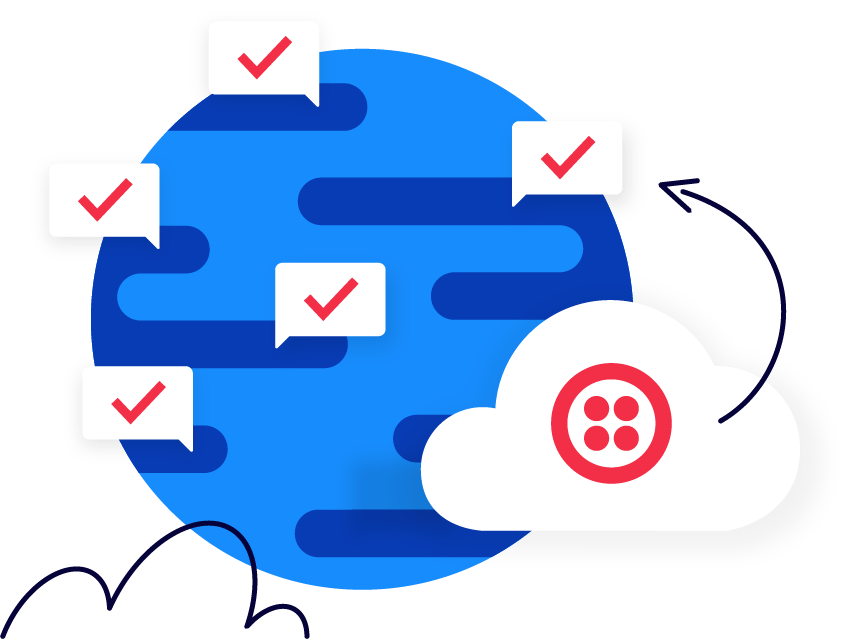


Within 6 months of working with high quality connectivity, we’ve had 6.5 million pours recorded. Having the ability to choose our networks was a key advantage, and there’s no way we’d be able to gain the trust of some of the biggest breweries in the world without it.
Marc de Vos, Founder, Bar Analytics
SCALE:
Whether you’re introducing a new solution, or thinking about your next-generation deployment, you're probably nervous about your ability to scale your solution.
Your connectivity partner plays a critical role in your ability to do that. Their role is evident in their network availability, connectivity debugging tools, and data latency. This can be seen in the presence of a cellular network backend, also called a mobile core.
You want a connectivity provider who built, owns, and continues to manage their own mobile core exclusively for IoT solutions.
DID YOU KNOW?
Too often, IoT solutions are simply ‘bolted on’ to a mobile core designed for consumer mobile handset traffic, which isn’t optimized for IoT workloads.
What to look for when checking for scalable connectivity:
-
A provider who owns and manages their own network infrastructure (mobile core), without 3rd party vendor dependencies.
-
A completely cloud-native platform mobile core.
-
Highly available from end-to-end, with no planned maintenance windows that cause disruptions to your business.
-
Low latency Internet access around the globe, so you can deliver responsive experiences to your customers.
The answer is FALSE.
Not all connectivity partners develop, operate and manage their own mobile core.
If they do, dig deeper into how well they do it. The key here is to make sure it’s fully managed, highly available, and is constantly improved. Do they author the code, or rely on vendors with competing priorities?
APIs:
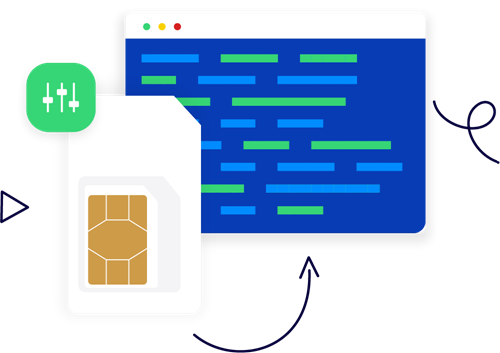
Simply put, IoT means scale, scale means automation, and automation means APIs
Here’s a core list of operational APIs to look for from your connectivity partner:
-
Detailed API documentation that is publicly available online.
-
Your provider should be capable of handling billions of transactions per day, demonstrating operational excellence. Check sites like Stack Overflow to see how popular your provider’s APIs are within the developer community.
-
APIs should cover all the major functionality of the connectivity management platform, including configuring SIMs and groups of SIMs, defining network access permissions, querying historic usage, etc. At scale, you’ll want to instrument all these functions into your supply chain processes and internal management tools.
-
An SMS API will enable you to exchange simple M2M SMS messages with devices, which is a critical function when a device’s Internet access is performing poorly.
-
A provider with great operational experience offering cloud-based APIs at scale will be able to offer an SLA on the APIs themselves.


Leveraging high quality APIs and easy to consume documentation allows us to provision even our largest customers 10x faster.
ACCELERATION:
Picture this: you get a brilliant idea — a potential rocket ship. So, you draw up the plans, allocate resources, and prototype your product as fast as you can.
You want to be the first to market, so you eagerly yet meticulously build your IoT solution. In that scenario, your connectivity partner should be helping you, not holding you back.
The two critical areas where your connectivity partner can help you get to market faster are, first, get you SIMs ASAP, and, second, give you developer resources to build with ease.
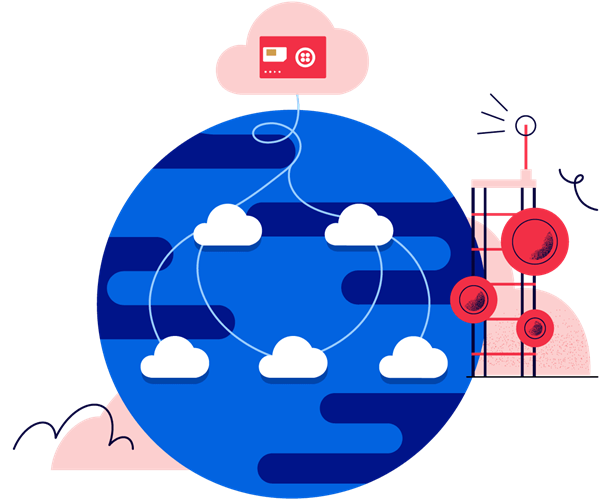
What you need to get to market faster:
-
An online shopping experience to order a few SIMs to test.
-
No up-front contracts or commitments just to get started.
-
Simple online SIM fulfillment, with the ability to ship directly to your manufacturer.
-
Ability to use the same SIMs and platform for both prototyping and production.
-
Evaluation kits to test if the connectivity works and is the right fit.
-
High quality API documentation available in multiple common programming languages, blueprints, and tutorials.
EXPERTISE:

Unless you happen to have a professional background in wireless telecommunications, it’s very challenging to navigate the complexities of connectivity requirements for your IoT solutions. For example, how do you know which telecom network will be best for your solution? How do you build a model to assess what your rate plan should look like? How can you ensure that you’ve optimized the data usage?
What to look for when you’re validating that your connectivity partner is an expert:
-
Understand the differences across IoT use cases to help you choose the right network type for your solution.
-
Long tenure in telecommunications to help you pick the best rate plans and ensure you’re getting the best value for connectivity.
-
Ability to maintain the network and help you resolve any connectivity issues quickly to minimize impact.
-
Ability and willingness to help you troubleshoot issues in far-flung corners of the globe, where the network itself is likely controlled by a third-party.

Getting a telecom expert on the phone when we needed it allowed us to troubleshoot connectivity issues 5X faster and increase the quality of service that we provide to our customers.
PRICING:
Pricing doesn’t have to be a drawn out, painful negotiation. If pricing is holding you back in any way, you may have to continue your search for a connectivity partner.
What to look for when you’re assessing your connectivity partner’s:
-
No hidden fees and no need to negotiate with a salesperson in order to run your PoC.
-
The choice to use pay-as-you-go pricing.
-
No requirement of minimum spend commitments.
-
Access to discounted pricing at high data consumption volumes.
-
One global bill for your entire IoT fleet across the world.
-
Data billed per byte, allowing granularity in only paying for what you use.
PRO-TIP:
When assessing your connectivity partner, check their website to see if their pricing is published online for a tell-tale sign of how transparent they are. You should be able to easily view the pricing by country and estimate your monthly cost, without negotiations.

The ability to predict our telecom bills let us run our business profitably and grow by double-digits annually.
INNOVATION:
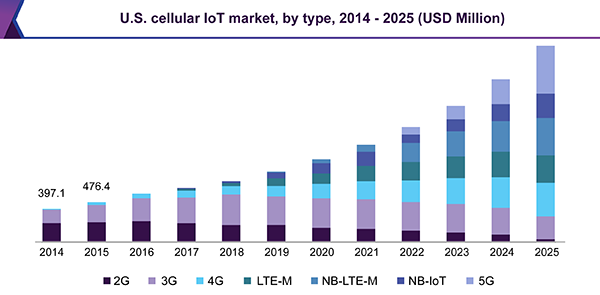
The connectivity market is ever evolving. We are seeing the emergence of newer cellular technologies such as 5G that supports ultra-low latency for a variety of high bandwidth applications and narrowband (NB-IoT) that supports low power low bandwidth applications for massive IoT. According to analyst reports, within the next five years, older 2G and 3G cellular technologies will level off and 5G and NB-IoT networks will see an uptick. Your connectivity partner should provide the latest cellular technologies to support your need to access the best connectivity for your use case.
What to look for when you’re validating your connectivity partner’s ability to innovate:
-
Ability to choose from a range of cellular IoT technologies including 3G, LTE and LTE-M.
-
A product roadmap of new cellular capabilities that could enhance your product or business model.
-
Reputation of being an innovative organization and their pace of new product or feature enhancements.
